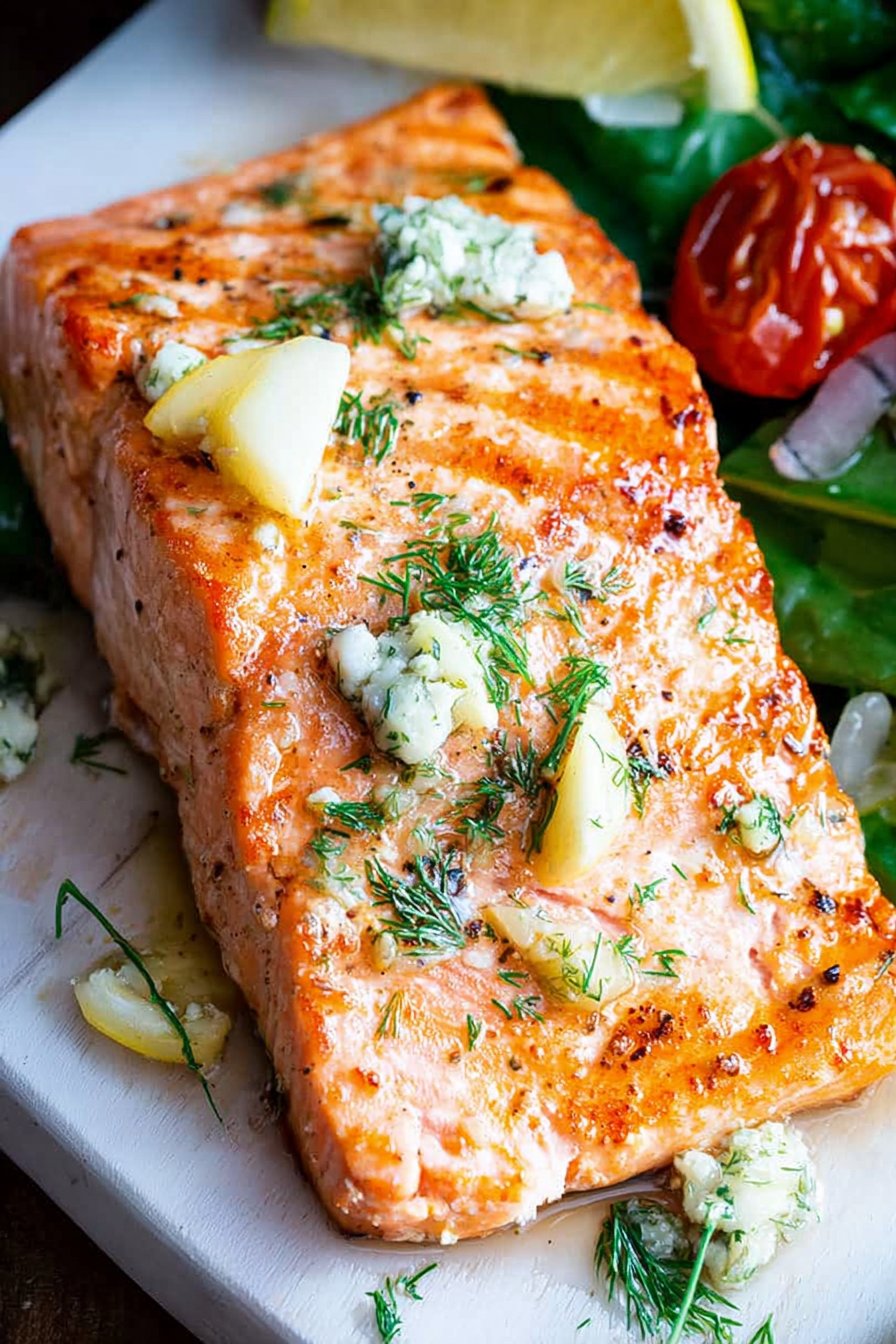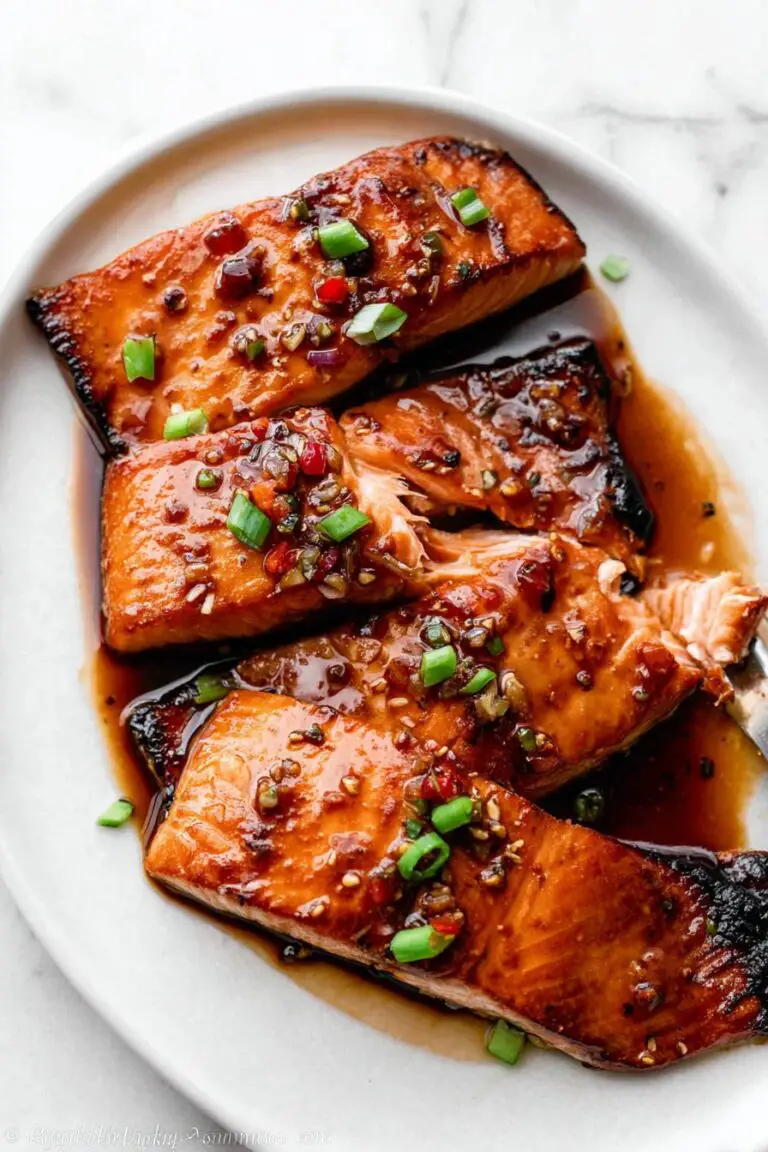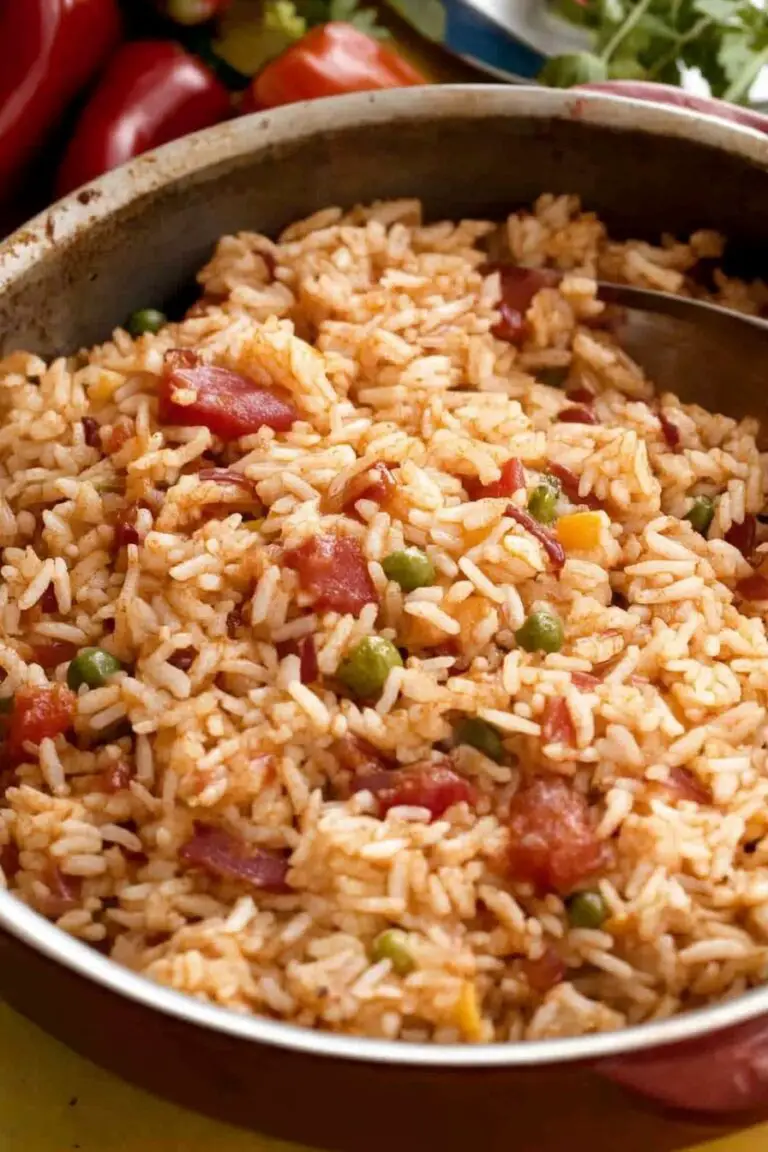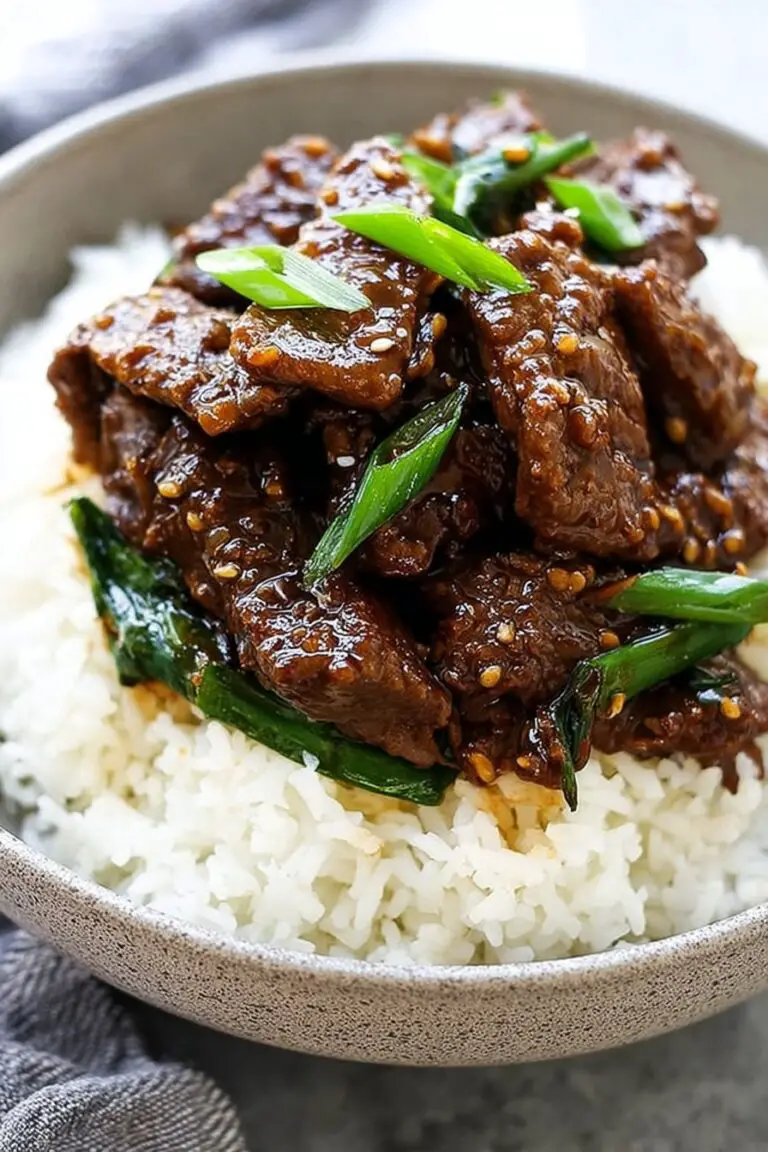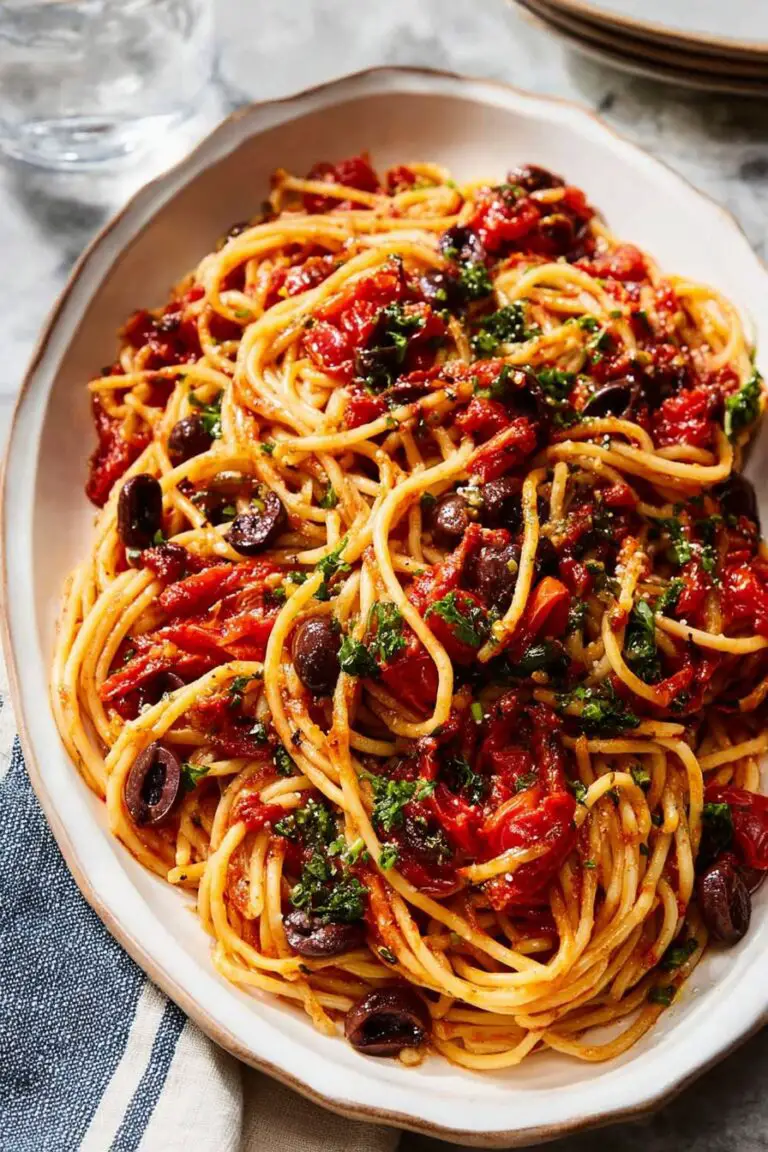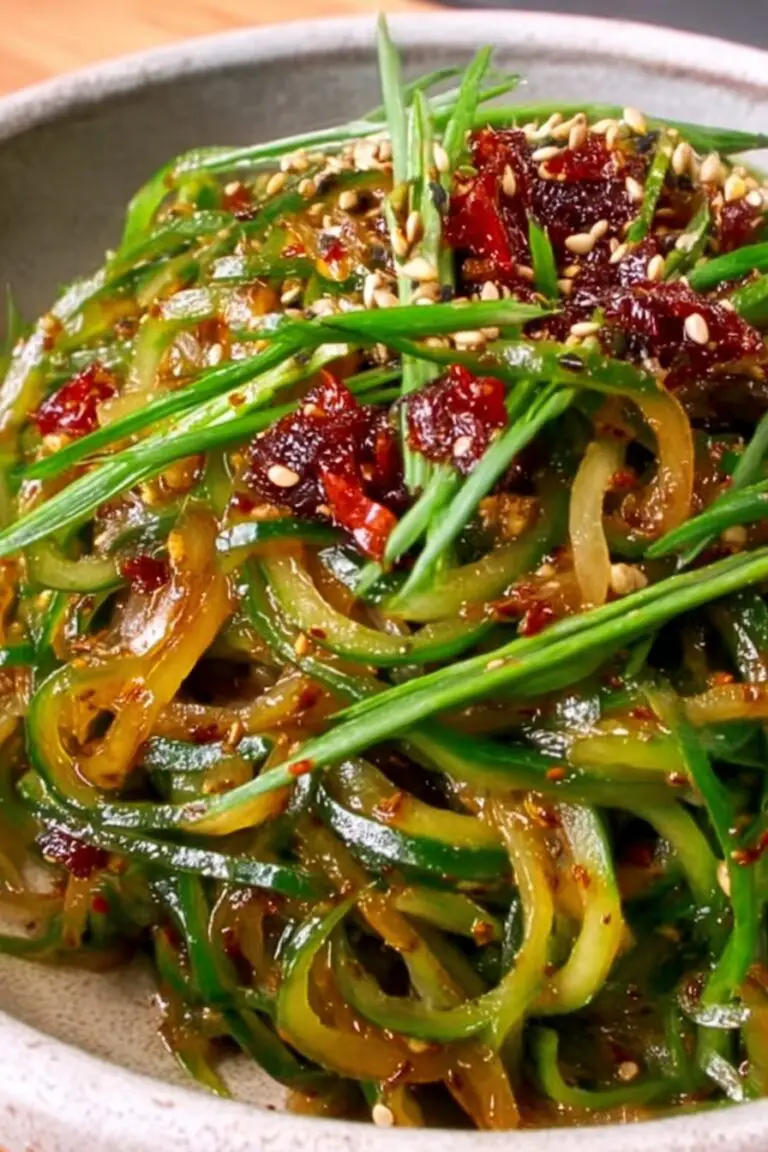Juicy Grilled Salmon with Garlic Butter
Let’s Talk Salmon: Why This Recipe Is Special to Me
Alright, so I have to confess—grilling salmon used to terrify me. (Fish sticking, falling apart, or worse: overcooked cardboard.) But this Juicy Grilled Salmon with Garlic Butter recipe? It’s the one I pull out every time my cousin decides to bring his new girlfriend over or whenever summer actually shows up here in Manchester. The first time I made it, I nearly set the grill on fire because I got distracted by a neighbour’s dog escaping down the street (don’t even ask), but the salmon—miraculously—still came out perfect. Go figure.
Why You’ll Love This (Or at Least, Why I Do)
I make this when I want to look like I know what I’m doing with the grill. My family goes absolutely mad for it because it’s buttery, garlicky, and doesn’t taste “fishy” (their words, not mine). Honestly, even my picky niece eats seconds. Oh! And the leftovers (on the rare occasion we have any) are even better the next day—though, they rarely survive that long. If you’ve ever wrestled with dry, sad salmon fillets (been there, got the T-shirt), this is the recipe that changed my mind about grilling fish at home.
Here’s What You’ll Need (Plus Some Swaps)
- 4 salmon fillets (about 170g each; wild-caught if you can swing it, but I’ve used farmed too—no shame)
- 2 tablespoons olive oil (sometimes I use avocado oil if it’s knocking around in the cupboard)
- Sea salt and black pepper (my gran swore by Maldon salt, but to be honest, any flaky stuff works)
- 3 tablespoons butter (unsalted usually, but I’ve done it with salted—just don’t add extra salt!)
- 4 garlic cloves, minced (I use more if I’m cooking for myself; can’t help it)
- Zest of 1 lemon (or a big squeeze of juice if you’re lazy, which I am sometimes)
- Handful of fresh parsley, chopped (or chives, or even a little dill if you want to be fancy)
- Optional: pinch of smoked paprika or a splash of white wine if you’re feeling cheeky
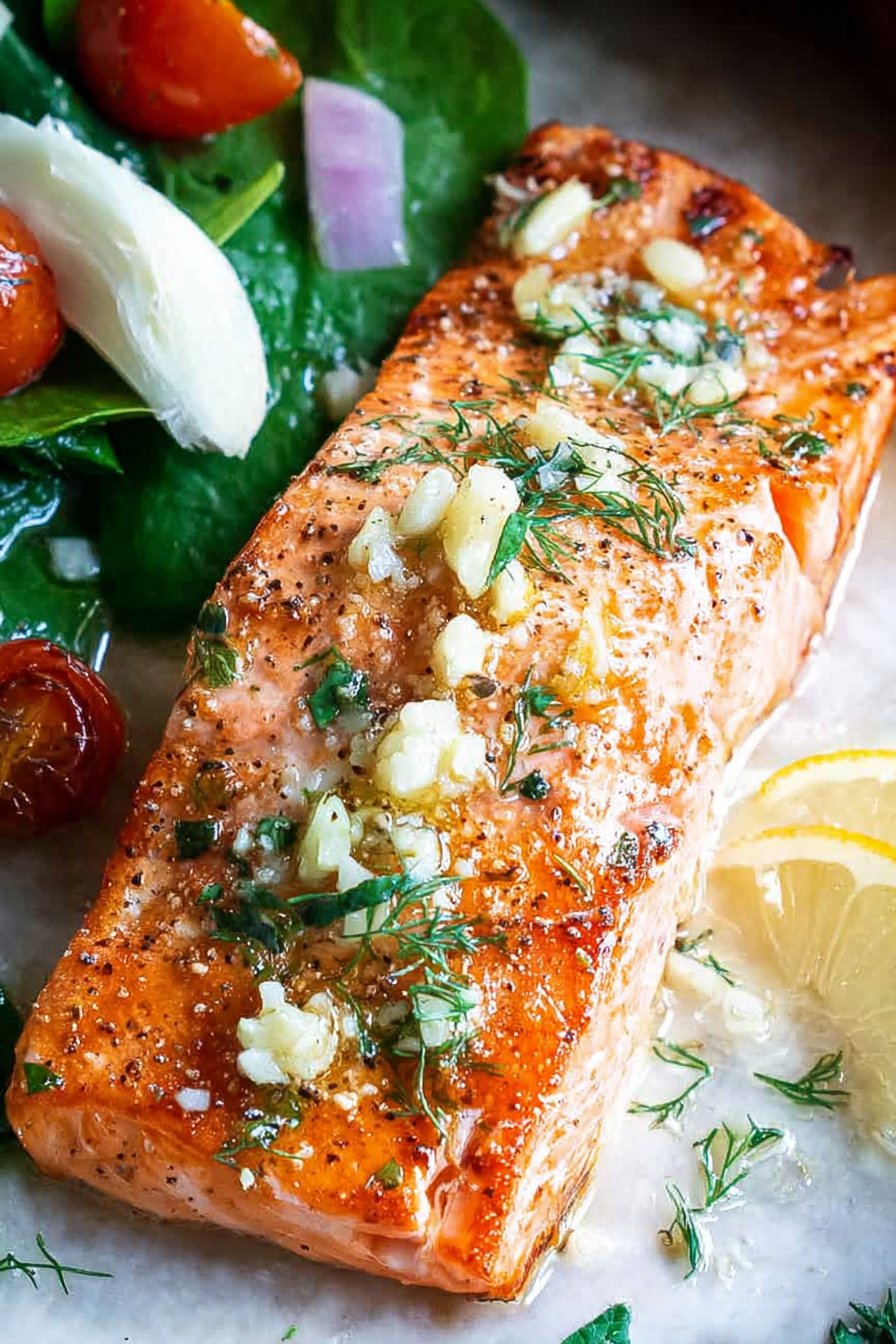
How I Actually Do It (Warts and All)
- Preheat your grill (medium-high is about right). Give it a good clean—seriously, nothing ruins salmon like leftover gunk from last week’s burgers. Trust me, I learned that the messy way.
- Pat the salmon fillets dry—don’t skip this part or they’ll steam and not grill. Drizzle with olive oil and sprinkle with salt and pepper. I usually rub it all in with my hands, but use a brush if you’re feeling posh.
- While the grill’s heating, melt the butter in a small pan (or the microwave, if your stovetop is already chaos). Add the minced garlic and let it bubble for a minute—don’t let it brown, or it’ll taste kinda weird. Stir in the lemon zest and parsley; sometimes I sneak a taste here just for quality control.
- Place the salmon skin-side down on the grill. Close the lid and cook for about 4–5 minutes—don’t poke it too much or it’ll fall apart (patience is not my strong suit, but here it pays off). If the skin sticks a bit, just nudge it with a spatula—don’t panic.
- Flip the fillets gently (I use two spatulas if they look fragile). Grill another 2–4 minutes, depending on how thick your fish is. It’s done when it flakes easily with a fork and is just opaque in the middle—don’t overdo it!
- Take the salmon off the grill and spoon over all that lovely garlic butter. If you like, squeeze over a bit more lemon. (This is the moment where I usually just eat a forkful standing at the counter. Whoops!)
Notes: Odds, Ends & Little Lessons
- If you’re grilling with the lid open, it’ll take longer—maybe 2–3 minutes more per side. Actually, I find it works better if you keep the lid closed for even cooking, but sometimes I just forget.
- Don’t stress if your fillets break up a bit. They taste just as good in pieces, honestly.
- Skin-on is easier for grilling, but you can use skinless—just be extra gentle when flipping. Or, skip the flipping altogether and finish under the broiler if you’re afraid of disasters (been there).
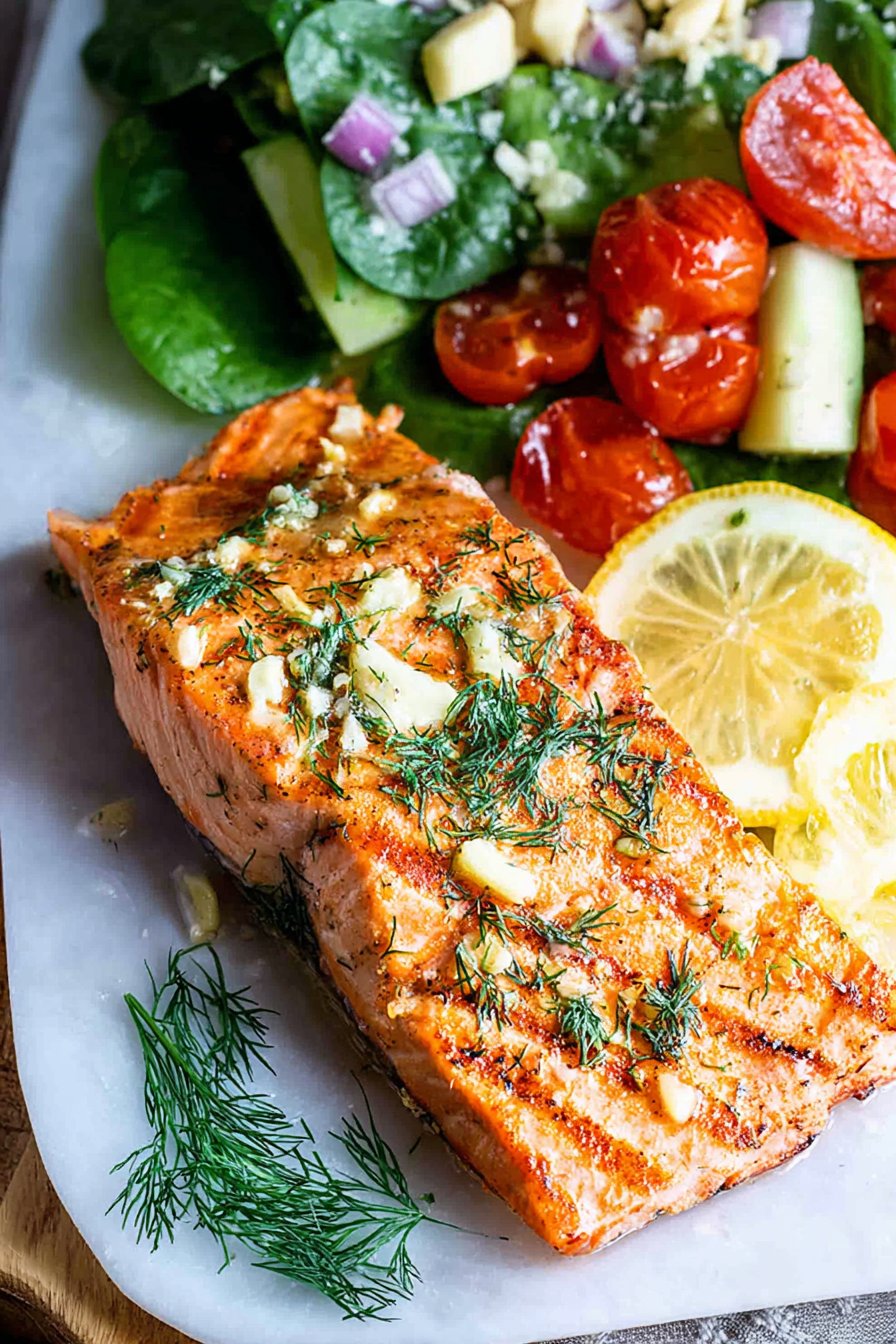
Variations I’ve Tried (Some Winners, One Oops)
- Added a pinch of smoked paprika to the butter—gives a lovely warmth.
- Tried fresh dill instead of parsley; it’s nice, but a bit intense for the kids.
- Mixed in a splash of white wine with the butter (fancy, right?)—tasted amazing.
- Once, I coated the salmon in honey before grilling. It burned like mad and stuck everywhere. Not my best idea.
Gear You’ll Need (Or, How I’ve Made Do)
- Grill (gas or charcoal—it honestly doesn’t matter much, just get it hot)
- Fish spatula is best, but if you’ve only got a regular metal one, just be gentle. Once, I used tongs and regretted it.
- Small saucepan or microwave-safe bowl for the butter
- If you don’t have a grill, I’ve broiled the salmon in the oven instead—just keep a close eye so it doesn’t dry out!
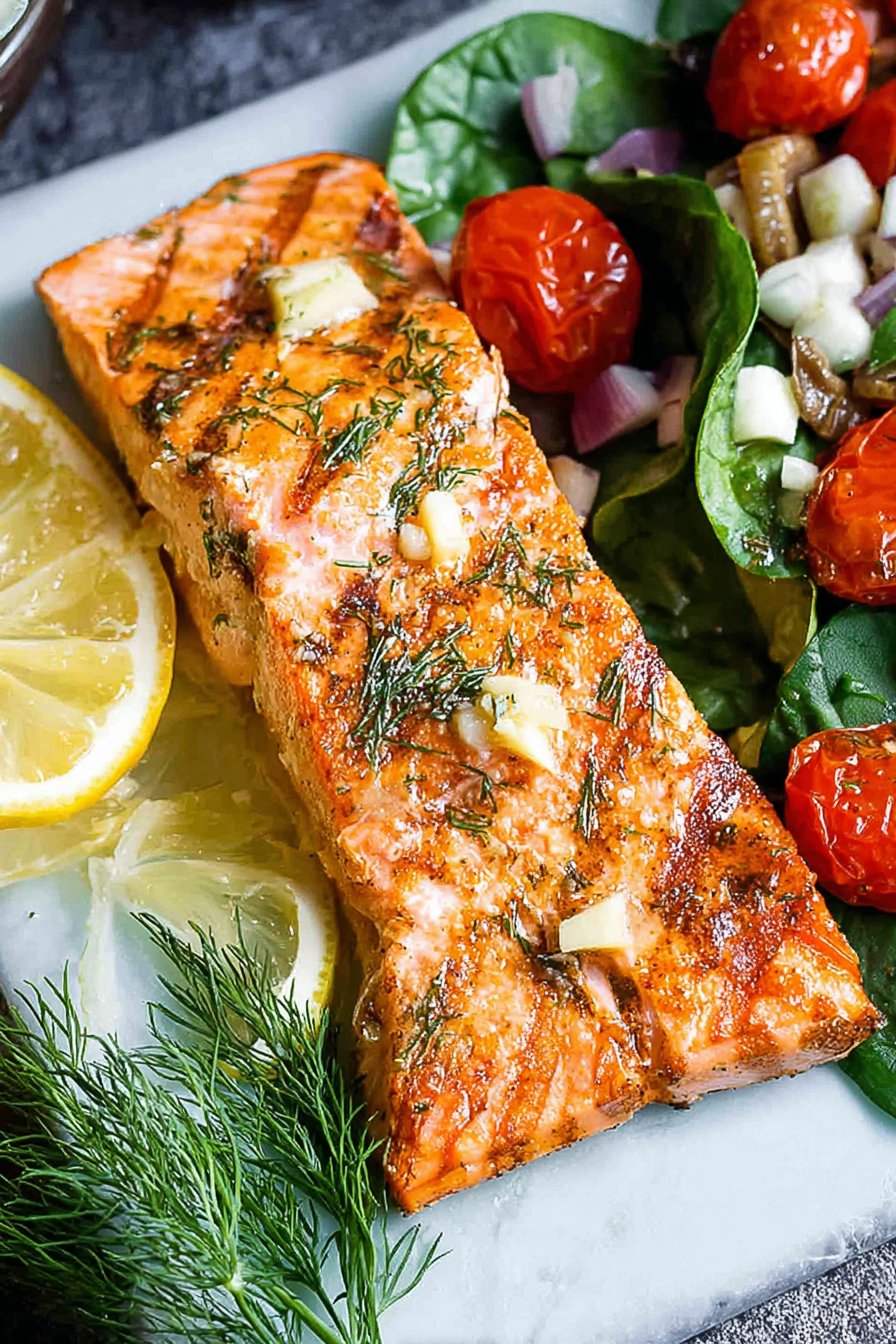
Storage—If There’s Any Left
Pop leftovers in an airtight container; they’ll keep in the fridge for up to 2 days. I think the flavors get even better by day two, but, if I’m being honest, it never survives till then in my house. Reheat gently—microwave on low or eat cold. (It’s lovely flaked over salad!)
Serving: How We Do It
I usually serve it straight off the grill with new potatoes and a big green salad—sometimes I throw in grilled asparagus if I’m feeling healthy. My partner likes it with crusty bread to mop up the garlic butter. For a bit of fun, I’ve also piled leftovers into a warm pita with tzatziki. Highly recommend.
Hard-Won Pro Tips
- I once tried rushing the preheat and regretted it—cold grill = stuck salmon. Give it time, honestly!
- Don’t walk away to water the garden while the salmon’s on, or you’ll come back to shoe leather (speaking from bitter experience).
- Actually, I find it works better if you use slightly thicker fillets—they’re less likely to dry out, but if you’re stuck with thin, just cut down the cook time.
FAQ—People Actually Ask Me This
- Can I use frozen salmon? Yep, just thaw fully and pat it super dry. Otherwise, it’ll steam instead of grill—and that’s just not the vibe.
- Do I have to use the butter? Technically, no; but honestly, the garlic butter is what makes it. If you’re dairy-free, I’ve had solid luck with olive oil plus extra herbs.
- How do I know when it’s done? When it flakes with a fork and is just opaque in the middle. Overcooked salmon is like chewing on a flip-flop. (I mean, probably?)
- What if I don’t have a grill? Broil it in the oven or use a grill pan on the hob. Check out Serious Eats for extra guidance—I learned a ton there.
- Best side dishes? Honestly, anything light—salads, rice, or check this collection for inspiration; I still browse when I’m stuck.
- Can I make this ahead? Sort of—the salmon is okay cold or at room temp, but I think it’s best right off the grill. But if you must, just don’t sauce it till you’re ready to eat.
Anyway, hope you give it a go. If your grill ends up a mess, well, join the club. It’s always worth it for that first juicy bite, though! (And if you want more fishy inspiration, I sometimes drool over recipes from Simply Recipes—well worth a look.)
Ingredients
- 4 salmon fillets (about 6 oz each), skin-on
- 2 tablespoons olive oil
- 1 teaspoon salt
- 1/2 teaspoon black pepper
- 3 tablespoons unsalted butter
- 4 garlic cloves, minced
- 1 tablespoon fresh lemon juice
- 2 tablespoons chopped fresh parsley
- Lemon wedges, for serving
Instructions
-
1Preheat the grill to medium-high heat and lightly oil the grates.
-
2Brush both sides of the salmon fillets with olive oil and season with salt and black pepper.
-
3Place the salmon fillets skin-side down on the grill. Grill for 5-6 minutes per side, or until the salmon is cooked through and flakes easily with a fork.
-
4While the salmon is grilling, melt the butter in a small saucepan over medium heat. Add the minced garlic and cook for 1-2 minutes until fragrant. Stir in the lemon juice and chopped parsley.
-
5Remove the grilled salmon from the grill and transfer to plates. Spoon the garlic butter sauce over the fillets.
-
6Serve immediately with lemon wedges and extra parsley if desired.
Approximate Information for One Serving
Nutrition Disclaimers
Number of total servings shown is approximate. Actual number of servings will depend on your preferred portion sizes.
Nutritional values shown are general guidelines and reflect information for 1 serving using the ingredients listed, not including any optional ingredients. Actual macros may vary slightly depending on specific brands and types of ingredients used.
To determine the weight of one serving, prepare the recipe as instructed. Weigh the finished recipe, then divide the weight of the finished recipe (not including the weight of the container the food is in) by the desired number of servings. Result will be the weight of one serving.
Did you make this recipe?
Please consider Pinning it!!

